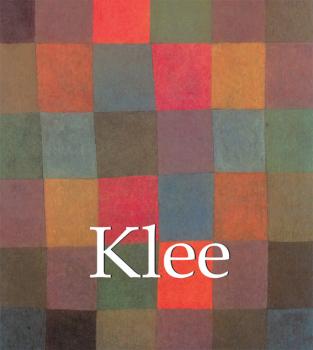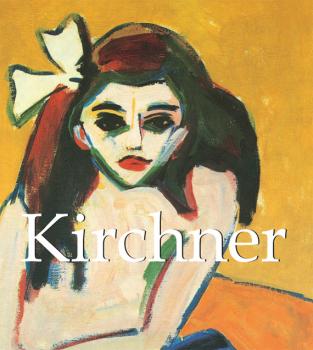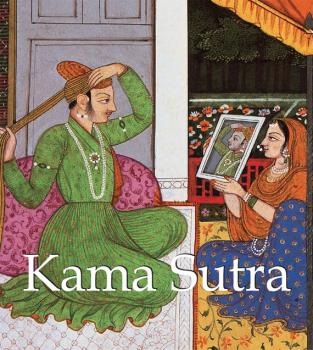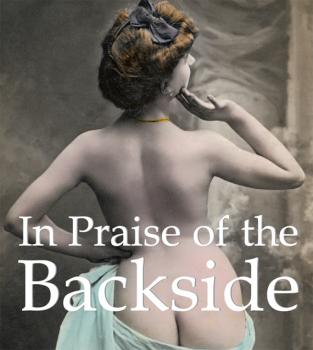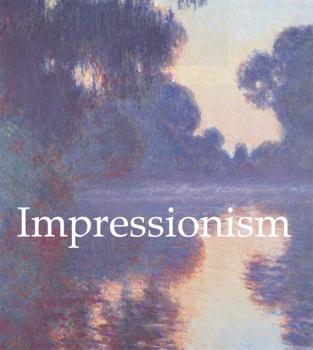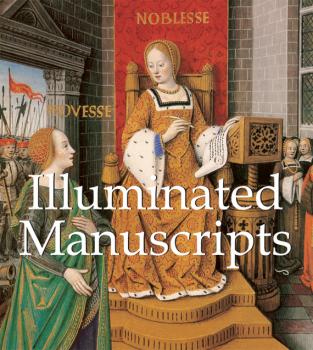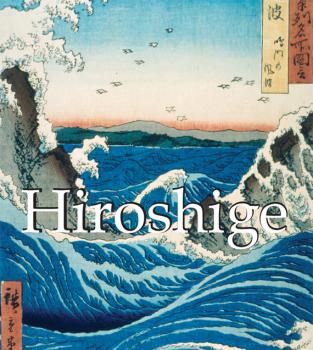Confidential Concepts, Inc.
Все книги издательства Confidential Concepts, Inc.Klee
An emblematic figure of the early 20th century, Paul Klee participated in the expansive Avant-Garde movements in Germany and Switzerland. From the vibrant Blaue Reiter movement to Surrealism at the end of the 1930s and throughout his teaching years at the Bauhaus, he attempted to capture the organic and harmonic nature of painting by alluding to other artistic mediums such as poetry, literature, and, above all, music. While he collaborated with artists like August Macke and Alexej von Jawlensky, his most famous partnership was with the abstract expressionist, Wassily Kandinsky.
Kirchner
The self-appointed “leader” of the artists’ group Die Brücke (Bridge), founded in Dresden in 1905, Ernst Ludwig Kirchner was a key figure in the early development of German Expressionism. His first works show the influence of Impressionism, Post-impressionism and Jugendstil, but by about 1909, Kirchner was painting in a distinctive, expressive manner with bold, loose brushwork, vibrant and non-naturalistic colours and heightened gestures. He worked in the studio from sketches made very rapidly from life, often from moving figures, from scenes of life out in the city or from the Die Brücke group’s trips to the countryside. A little later he began making roughly-hewn sculptures from single blocks of wood. Around the time of his move to Berlin, in 1912, Kirchner’s style in both painting and his prolific graphic works became more angular, characterized by jagged lines, slender, attenuated forms and often, a greater sense of nervousness. These features can be seen to most powerful effect in his Berlin street scenes. With the outbreak of the First World War, Kirchner became physically weak and prone to anxiety. Conscripted, he was deeply traumatised by his brief experience of military training during the First World War. From 1917 until his death by suicide in 1938, he lived a reclusive, though artistically productive life in the tranquillity of the Swiss Alps, near Davos.
Kama Sutra
Mega Square Kama Sutra pays homage to the magic of love and is a universal educational manual. This edition is tastefully illustrated with refined frescos and delicate prints.
Kahlo
Behind Frida Kahlo’s portraits, lies the story of both her life and work. It is precisely this combination that draws the reader in. Frida’s work is a record of her life, and rarely can we learn so much about an artist from what she records inside the picture frame. Frida Kahlo truly is Mexico’s gift to the history of art. She was just eighteen years old when a terrible bus accident changed her life forever, leaving her handicapped and burdened with constant physical pain. But her explosive character, raw determination and hard work helped to shape her artistic talent. And although he was an obsessive womanizer, the great painter Diego Rivera was by her side. She won him over with her charm, talent and intelligence, and Kahlo learnt to lean on the success of her companion in order to explore the world, thus creating her own legacy whilst finding herself surrounded by a close-knit group of friends. Her personal life was turbulent, as she frequently left her relationship with Diego to one side whilst she cultivated her own bisexual relationships. Despite this, Frida and Diego managed to save their frayed relationship. The story and the paintings that Frida left us display a courageous account of a woman constantly on a search of self discovery.
In Praise of the Backside
Mega Square In Praise of the Backside celebrates the most sensual part of the female body. The insightful text by Hans-Jürgen Döpp discusses the backside as a feature that stands for both powerful eroticism and supple femininity, seducing famous artists from every genre. This title is sure to entice and delight a wide audience with its lively, provocative images.
Impressionism
Impressionism has always been one of the public’s favourite styles of art and Impressionist works continue to enchant beholders with their amazing play of colours and forms. This book offers a well-chosen selection of the most impressive works of artists such as Degas, Monet, Pissarro, Renoir and Sisley. Mega Square Impressionism pays tribute to the subject’s popularity.
Illuminated Manuscripts
Those who have had the chance to hold a medieval manuscript in their hands cannot fail to have been impressed by the feeling of being in touch with a long-passed epoch. Back when a book was a true handicraft and every copy the result of a laborious process, the object was more a work of art than a volatile commercial product. The Mega Square Illuminated Manuscripts puts the reader in touch with amazing medieval illustrations and unique adornments, which document the imaginative power of their creators.
Hiroshige
The art of the Ukiyo-e reflected the artistic expression of an isolated civilisation which, when it became accessible to the West, significantly influenced a number of European artists. The three masters of Ukiyo-e, Hokusai, Utamaro and Hiroshige, are united here for the first time to create a true reference on Japanese art. The three masters rank highly among the most famous Japanese artistic productions of all time. This new title of the Prestige of Art collection will be a reference for art students and Japanese art lovers.
Herbarium
Mega Square Herbarium is based on the work of Basilius Besler, the famous plant expert who, for the first time in history, described, painted and engraved over a thousand species of plants. His drawings are of great scientific as well as artistic value, and offer vivid insights into Europe’s eclectic flora.
Goya
Goya is perhaps the most approachable of painters. His art, like his life, is an open book. He concealed nothing from his contemporaries, and offered his art to them with the same frankness. The entrance to his world is not barricaded with technical difficulties. He proved that if a man has the capacity to live and multiply his experiences, to fight and work, he can produce great art without classical decorum and traditional respectability. He was born in 1746, in Fuendetodos, a small mountain village of a hundred inhabitants. As a child he worked in the fields with his two brothers and his sister until his talent for drawing put an end to his misery. At fourteen, supported by a wealthy patron, he went to Saragossa to study with a court painter and later, when he was nineteen, on to Madrid. Up to his thirty-seventh year, if we leave out of account the tapestry cartoons of unheralded decorative quality and five small pictures, Goya painted nothing of any significance, but once in control of his refractory powers, he produced masterpieces with the speed of Rubens. His court appointment was followed by a decade of incessant activity – years of painting and scandal, with intervals of bad health. Goya’s etchings demonstrate a draughtsmanship of the first rank. In paint, like Velázquez, he is more or less dependent on the model, but not in the detached fashion of the expert in still-life. If a woman was ugly, he made her a despicable horror; if she was alluring, he dramatised her charm. He preferred to finish his portraits at one sitting and was a tyrant with his models. Like Velázquez, he concentrated on faces, but he drew his heads cunningly, and constructed them out of tones of transparent greys. Monstrous forms inhabit his black-and-white world: these are his most profoundly deliberated productions. His fantastic figures, as he called them, fill us with a sense of ignoble joy, aggravate our devilish instincts and delight us with the uncharitable ecstasies of destruction. His genius attained its highest point in his etchings on the horrors of war. When placed beside the work of Goya, other pictures of war pale into sentimental studies of cruelty. He avoided the scattered action of the battlefield, and confined himself to isolated scenes of butchery. Nowhere else did he display such mastery of form and movement, such dramatic gestures and appalling effects of light and darkness. In all directions Goya renewed and innovated.
